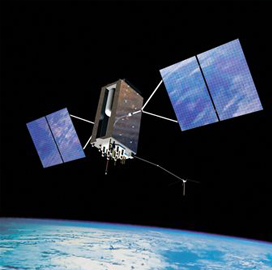 Orbital Sciences and NASA‘s Jet Propulsion Laboratory have commenced in-orbit testing for a satellite the company built to monitor atmospheric concentrations of carbon dioxide.
Orbital Sciences and NASA‘s Jet Propulsion Laboratory have commenced in-orbit testing for a satellite the company built to monitor atmospheric concentrations of carbon dioxide.
The Orbiting Carbon Observatory-2 spacecraft has reached its target orbit nearly an hour after it lifted off from Vandenberg Air Force Base aboard a Delta II rocket Wednesday morning, Orbital said Wednesday.
NASA expects OCO-2 to start providing scientific data later this year.
“The initial check-out and testing process indicates the OCO-2 mission is proceeding smoothly,†said Mike Miller, Orbital senior vice president for science and environmental satellite programs.
“OCO-2 will help scientists understand the sources of carbon dioxide emissions and the natural process that removes it from the atmosphere,” Miller added.
According to the company, OCO-2 will join five other Earth observation satellites in the Afternoon Constellation.
The carbon-tracking satellite weighs 990 pounds, has articulated array and attitude control systems and is built to work for at least two years, Orbital said.




